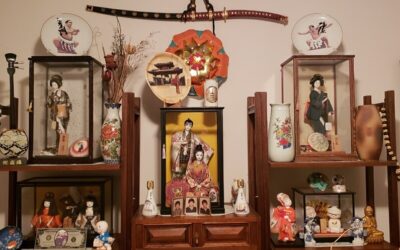January 23, 2021. This date was marked on my calendar for a couple of reasons, one being the kick off to Town Hall Seattle’s Global Rhythms Series. It wasn’t just that I was excited to see local...
Town Music | A Conversation with Artistic Director Joshua Roman
Our Town Music chamber series has returned! In this age of COVID-19, the season has been transformed. Town Music, in the coming weeks and months, will explore how digital spaces can enhance our experience of art, rather than simply remind us of what we are missing.
Joshua Roman, Town Music’s Artistic Director, has spent much time in quarantine thinking about what a season of concerts can be without a concert hall for everyone to gather in. He sat down with correspondent Jonathan Shipley to discuss what it means to be a curator in this day and age and what silver linings there may be in a pandemic.
A Melting Pot of Music
On Sunday, March 1, The Great Hall was a melting pot of Arabic sound.
The Evolution of Beauty
It's been nearly 160 years since the publication of Charles Darwin's the origin of species with its dazzling description of a model for the evolution of life inspired by those lovely whimsical...
Joshua Roman’s Previews His Newest Piece “Tornado” with JACK Quartet
You just a heard a selection from the first part of Tornado, a new piece composed by Town Music...
